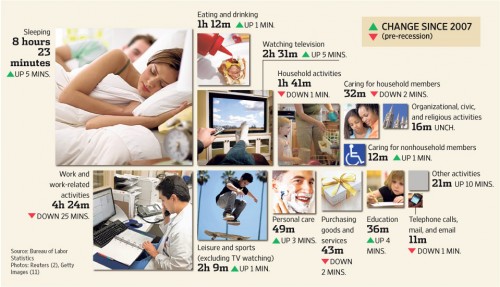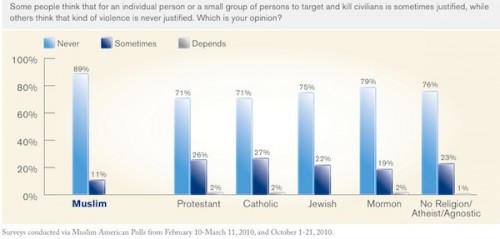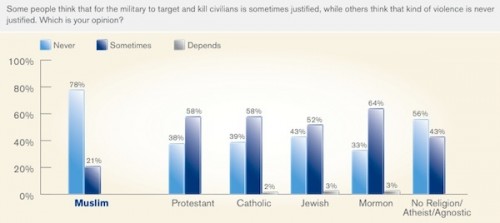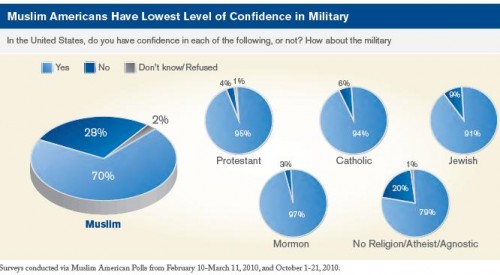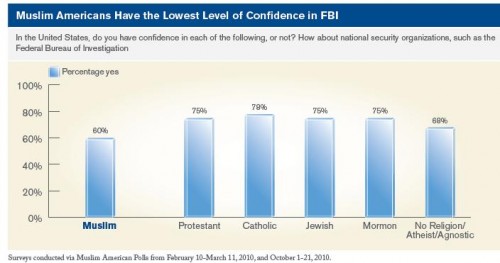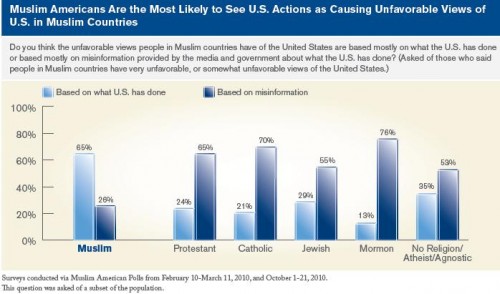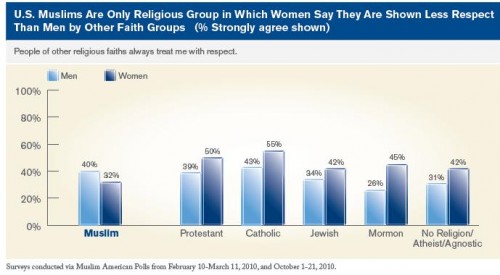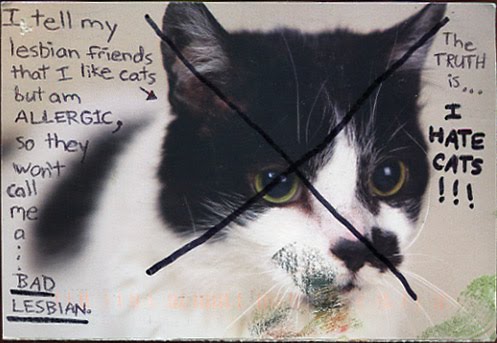In case you were wondering whether some people continue to conflate Blackness with criminality, listen to Historian David Starkey in this BBC interview about the London riots (key language transcribed below; start at 1min and stop at 2min for an idea). Trigger warning:
Transcript of selected phrases:
A particular sort of violent, destructive, nihilistic, gangster culture has become the fashion. And black and white, boy and girl, operate in this language together… A Jamaican patois that has intruded in England… literally a foreign country… It’s not skin color, it’s cultural…
Starkey has made a career saying offensive things; he appears to hate everyone except for white gay men (which is what he is). So it’s no surprise that he is the one saying these things. Still, his long career as a cultural critic and pundit suggests that producers believe that there is a market for hateful language. That market is likely composed of both people who find offense and draw attention to Starkey in order to oppose his views, and people who agree with him and are pleased to hear a famous PhD saying what they believe.
In a perfect world no one would say these types of things but, in a non-perfect world, perhaps it’s good that occasionally people do. It’s an opportunity to have a conversation about our collective values. Then again, this is easy for a white person to say. As a committed anti-racist, these words are hard for me to hear. But they no doubt resonate painfully deep in the heart of many of the people targeted by this venom, another twist of the knife in a lifetime of personal and political wounds.
Thanks to Laura F., Ernie P., and Jari P. for suggesting we write about this.
Lisa Wade, PhD is an Associate Professor at Tulane University. She is the author of American Hookup, a book about college sexual culture; a textbook about gender; and a forthcoming introductory text: Terrible Magnificent Sociology. You can follow her on Twitter and Instagram.




